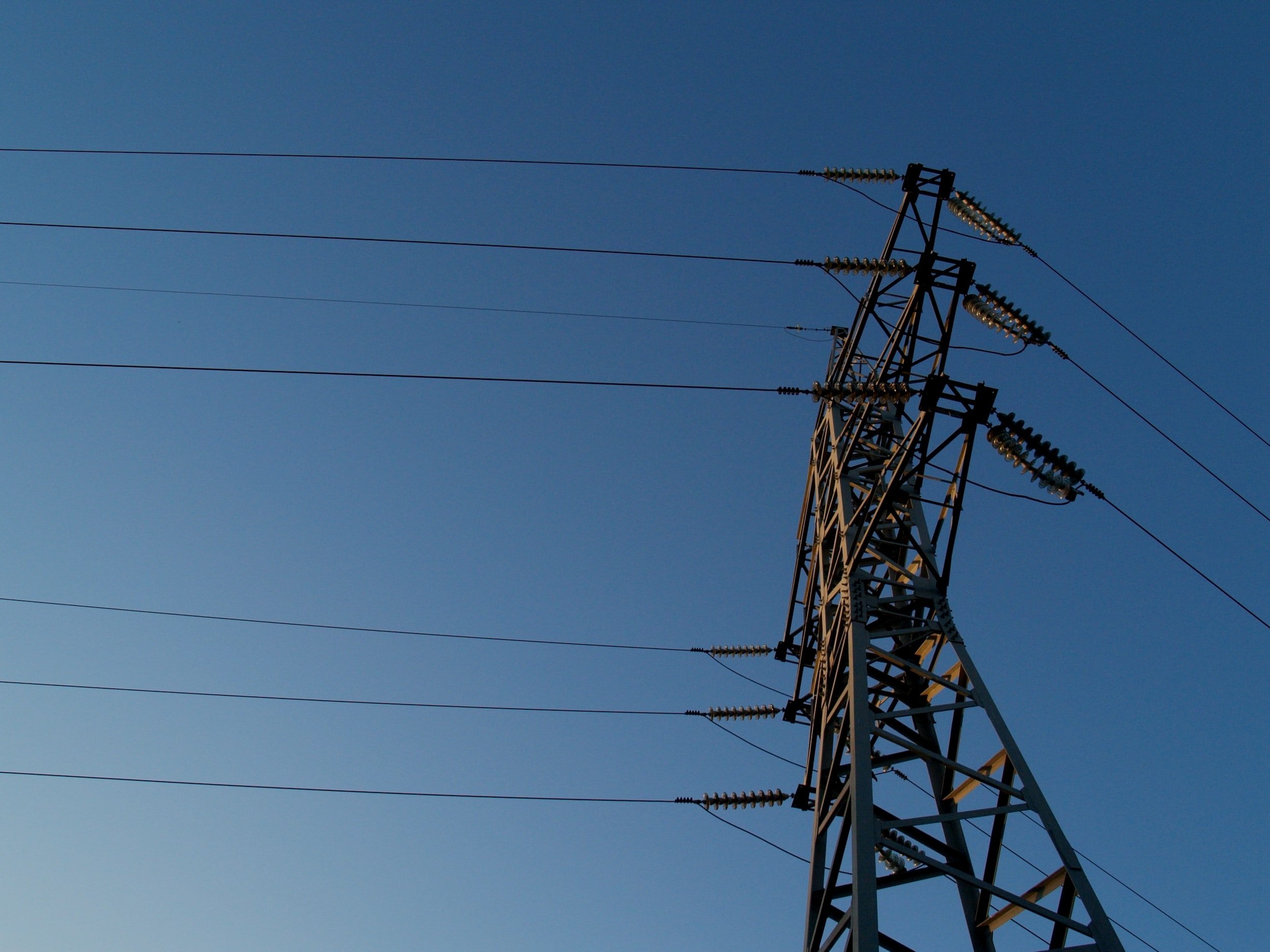Microgrids: the Perfect Solution?
by JOHN ALTOMONTE, CEO
Reliability also continues to plague the nation, with demand growth outstripping available power generation. Before the COVID-19 pandemic flipped everything on its head, red alerts were issued by the Department of Energy (DOE) to warn against potential power shortages during peak months in 2020.
The Philippines also suffers from having one of the highest electricity prices in Asia, primarily due to a lack of end-consumer subsidies and expensive distribution and transmission networks.
Lastly, rural electrification has been a laggard in the Philippines, with some sixteen (16) million people without access to reliable electricity. The inability to extend primary grid services to these rural areas is a function of high capital costs, with little demand to justify the expenses incurred.
On top of these issues, however, a much bigger threat looms in the distance: the climate crisis. The Philippines lands in the unfortunate top ten most vulnerable countries (Climate Risk Index of 17.67) to climate change, and for very good reason. The strongest storms to have ever been recorded in human history have all hit the country.
For a nation composed of over seven thousand islands, these severe weather events can wreak total havoc on smaller islands and communities, leaving them without aid or basic needs for weeks to months. The current state of the Philippine grid is ill-equipped to deal with these super-typhoons and will continue to deteriorate and worsen at alarming rates.
Enter the microgrid.
The concept of a microgrid can be very briefly summarized by the Philippine Department of Energy’s (2019) definition:
A group of interconnected loads and Distributed Energy Resources (DERs) within clearly defined electrical boundaries that act as a single controllable entity with respect to the grid. A micro-grid can connect and disconnect from the [main] grid which enables it to operate both in grid-connected or in island.
The ability of a microgrid to generate power locally and distribute via ‘islanding’ in the case of grid shortages protects end-consumers against potential blackouts. In the case of extreme weather events and damage, repair and aid can be localized, without the need to coordinate with regional offices and services prior to restoring power to communities. Microgrids also do not just compete on price, but also offer an attractive alternative to traditional grid infrastructure for incumbent utilities. In these cases, deploying off-grid microgrid services sidesteps some of the costs, while providing reliable electrification.
Around the globe, we've seen the meteoric rise of the microgrid. Large commitments to injection of renewable energy such as wind and solar into power supply from major market players such as China, The United States of America, and the European Union, have also similarly driven microgrids, as they play a significant role in balancing power in the electricity grid.
Investors have begun to leverage decreasing RE prices as a strong alternative to the extremely high capital expenditure needed for fuel-powered plants. Several financing models for microgrids have also emerged, with third party financing providing promising returns for both the financiers and homeowners.
China has approximately 22,000 microgrid projects, with several South and Southeast Asia nations such as Vietnam, Sri Lanka, India, and Nepal with between 50-700 apiece. The Philippines has severely lagged in this regard which seems to be the running theme of most of these articles, unfortunately.
Currently, the Department of Energy has no centralized database on existing microgrid deployments in the Philippines. Only data regarding solar power generation is readily available from the DOE, although it is not highlighted if these solar systems have microgrid capabilities. No grid-tied microgrid deployments yet exist.
It seems to be the case that we have a whole host of worrying energy issues and a technology that addresses most of these concerns. Why the low adoption rates for microgrids? In the Philippines, it can be attributed to economic, socio-political, and technological issues, which we can break down in an article for another day.
REFERENCES
Ahmed, S. (2019). The Philippine Energy Transition: Building a Robust Power Market to Attract Investment, Reduce Prices, Improve Efficiency and Reliability. Institute for Energy Economics and Financial Analysis.
Ali, A., Li, W., Hussain , R., He, X., Williams, B., & Memon, A. (2017). Overview of Current Microgrid Policies, Incentives and Barriers in the European Union, United States and China. Sustainability. doi: doi:10.3390/su9071146
Battacharyya, S., & Palit, D. (2014). Mini-Grids for Rural Electrification of Developing Countries - Analysis and Case Studies from South Asia. Springer.
Han, X., Zhang, H., Yu, X., & Wang, L. (2016). Economic evaluation of grid-connected micro-grid system with photovoltaic and energy storage under different investment and financing models. Applied Energy, 103-118. doi:http://dx.doi.org/10.1016/j.apenergy.2016.10.008
Martinot, E., Chaurey, A., Lew, D., Moreira, J., & Wamukonya, N. (2002). Renewable Energy Markets in Developing Countries. Annu. Rev. Energy Environ, 309-348.


